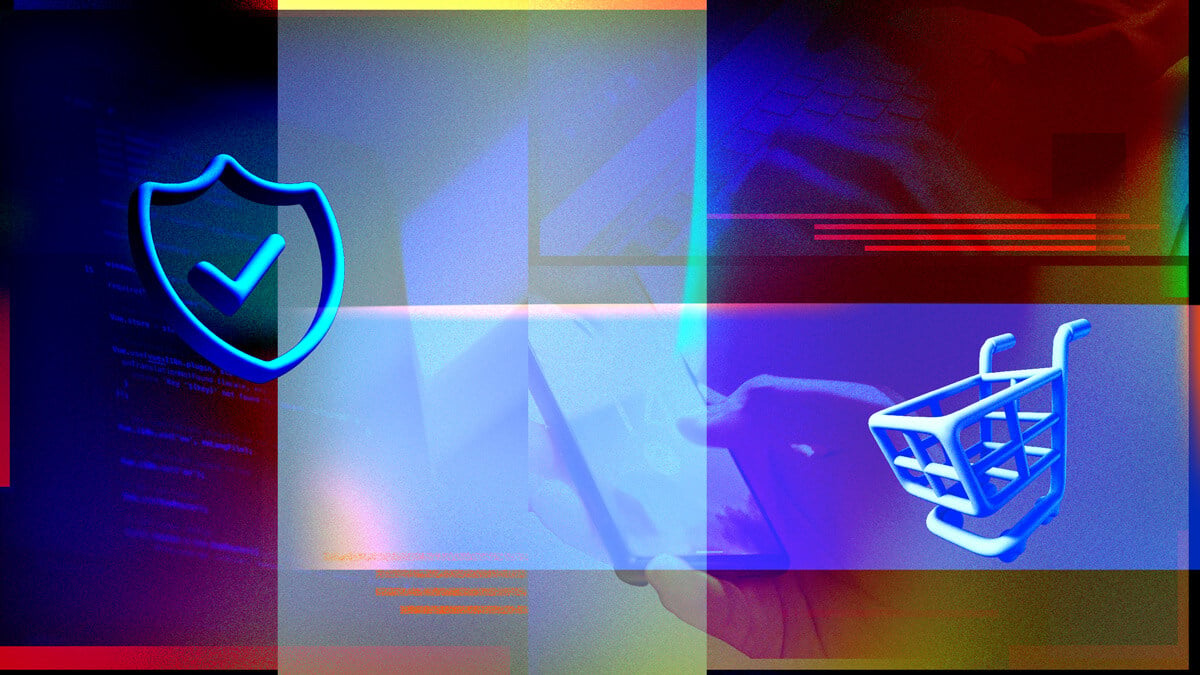In retail, mobile app commerce use has been consistently on the rise. Consumers are drawn to the ease of shopping on mobile apps. In 2024, mobile commerce is projected to account for 44.6% of total U.S. retail sales, and 60% of American adults stated that mobile shopping is a necessity for online shopping convenience. According to one study, top retailers with mobile apps sold more online, on average, than their non-app counterparts and grew at a faster rate. The cohort with apps grew at an annual rate of 7.4%, while the cohort without apps grew at a rate of 4.2%.
As consumers seek out more convenient, time-saving options, mobile apps have become a core part of the modern, omnichannel shopping experience. Nearly three quarters of consumers worldwide use retail mobile apps while shopping in-store — whether that’s to pick up items they purchased at home, check out online while in-store, or compare items in the inventory. Industry experts predict their influence will continue to grow.
With more opportunity comes increased security risk. Nearly a quarter of cybersecurity attacks target retailers, and 99% of these attacks are financially motivated. Retailers must protect the sensitive customer information that is stored in or passes through their apps as well as the intellectual property (IP) that sets them apart from the competition. Trust and brand reputation hinge on strong security, along with compliance with global data protection regulations (e.g., GDPR and CCPA). Beyond the need to protect their apps, 95% of developers believe that mobile app security acts as a unique selling point that differentiates them from competitors.
Let’s look deeper into some of the top reasons to protect your mobile apps, and how to do it efficiently and effectively.
Top reasons to protect retail mobile apps
Attackers are becoming increasingly sophisticated and using a variety of methods to infiltrate retail mobile apps. Even so, many apps don’t have strong enough security protections to defend against these attacks. A whopping 70% of retail apps leak sensitive data, which can pose a major risk to consumers. The consequences of mobile app data breaches can include financial losses, reputational damage, customer churn, compliance penalties, and legal implications. As a result, retailers must prioritize safeguarding customers’ personally identifiable information (PII), payment details, and shopping habits.
Beyond customer data, retailers need to secure their own IP. IP can serve as a unique differentiator, and malicious competitors will stop at nothing to get it. Many of these attackers reverse-engineer mobile apps in an attempt to steal code or scrape data. For example, a retailer may use real-time pricing adjustments in their app, and if a competitor skims this data, they can use it to their own competitive advantage.
Many attackers will take IP theft a step further and clone apps into fake retail apps impersonating the legitimate original. The motivations are often to trick customers into entering their payment data or PII, or downloading malware to their phones. Fraudulent mobile apps have increased by 32%, making this a major reason to defend mobile apps against sophisticated attackers. Consumers can experience financial losses from downloading fake apps, and lose trust in their favorite retailers.
Best practices for mobile app security in retail
The first step toward defending retail mobile apps against attacks is to incorporate security throughout the development lifecycle. Secure-by-design approaches are essential in creating resilient mobile apps that can withstand evolving threats. Developers play an important role in maintaining mobile app security not just when an app launches, but with each subsequent release. They must be well-versed in secure coding practices and use available tools to assess vulnerabilities regularly.
Fortunately, there are many free tools and resources for testing mobile app security. For example, OWASP’s Mobile Application Security Testing Guide offers best practices for verifying the security of mobile apps. In addition, Guardsquare’s AppSweep is a top free and enterprise-ready mobile app security testing tool that can find security issues in mobile apps and SDKs and offer insights to address them.
Adopting a multi-layered security strategy is also crucial to securing mobile apps. This strategy combines techniques like code hardening, runtime application self-protection (RASP), and ongoing threat monitoring for robust protection. This protect, test, and monitor strategy applies to both Android and iOS developers.
- Code hardening to prevent static attacks: To protect against sophisticated attackers, organizations must use a variety of code obfuscation and encryption techniques. These make an app much less likely to be reverse-engineered, protecting against data scraping and IP theft.
- RASP to protect against dynamic threats: RASP technology provides real-time protection by monitoring and defending apps from runtime attacks. It can shut down malicious sessions, secure communications, and prevent tampering during app operation.
- Real-time threat monitoring for emerging threats: Real-time threat monitoring provides visibility into attack vectors, enabling developers to adapt security strategies dynamically. Automated threat intelligence helps ensure apps stay protected from emerging threats.
Implementing advanced mobile app protection without slowing down development
Most retail mobile app developers are under tremendous pressure to ship new applications and updates on a regular basis. As a result, many may need to leverage automation to streamline security integration into the app development lifecycle. Third-party tools play an important role in implementing and reinforcing the secure coding best practices detailed above — especially when security and development talent is in short supply. According to a recent report, 98% of organizations reported purchasing or considering purchasing additional protection solutions to augment talent limitations.
Staying ahead of the mobile app threats detailed above can ensure a positive customer experience and help maintain a competitive advantage. Treating mobile app security as an ongoing effort, implementing multiple layers of security protections, and automating with trusted third-party solutions can help developers protect both customers and their organizations alike.
Looking for protection tailored to your retail mobile apps? Connect with our experts now.






